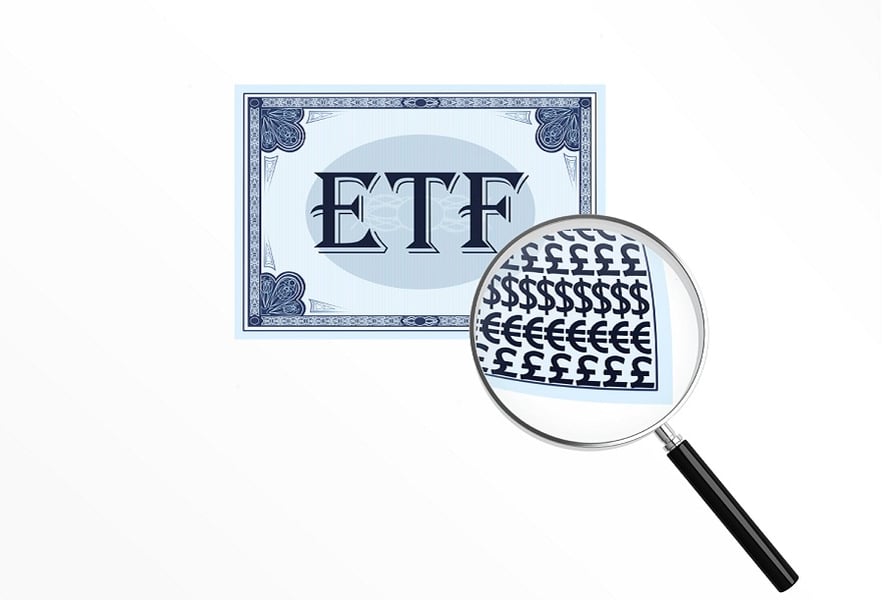In the first half of 2015, investors put $24 billion of fresh money into fixed-income exchange-traded funds, pushing the total asset base to more than $325 billion. While bond ETFs were just 0.4% of the global bond market at year-end, there remains concern that bond market liquidity may deteriorate in light of ETF competition during stressed conditions, such as pending Federal Reserve activity. As such, it's worth digging into how bond ETFs operate and what investors did during recent times of market uncertainty, including 2008, 2013 and 2014.
While bonds do not trade on an exchange, bond ETFs do and receive the benefits of transparency and intraday access. When sellers of bond ETF shares exceed buyers, the price of the ETF declines, just as it would for equity securities. If the price of the ETF shares deviates from the net asset value of the ETF's holdings, traders, including authorized participants, can take advantage of the valuation deviation by acting against this market trend. They would purchase an ETF when it trades at a discount and short the ETF if it trades at a premium.
This trading activity has the beneficial effect of causing authorized participants to create or redeem ETF shares in a manner that changes the supply of outstanding shares to match demand. This typically results in keeping the price on the exchange aligned with the value of the ETF's underlying holdings. For example, as of July 17, while the five-day moving average price-to-NAV discount for Market Vectors Emerging Markets High Yield Bond (HYEM) was 0.55%, at the close of July 17, it traded at a more modest 0.12% discount.
DON'T CONFUSE WITH BOND BUYING, SELLING
Yet bond ETF trading activity should not be confused with bond buying and selling. Unlike with a mutual fund, ETF shareholders typically trade with one another through the exchange. Indeed, the volume of ETF shares can be many times greater than the amount of shares issued or redeemed directly by the ETF, according to a July
BlackRock Inc. report on bond ETFs.
The iShares Core U.S. Aggregate Bond Fund (AGG), a broad-based investment-grade bond ETF with $25 billion in assets, had 6.2 times the number of shares traded in the secondary market during the first half of 2015 than the net shares that were created/redeemed. Meanwhile, for Vanguard Total Bond Market (BND), a peer of AGG with $26 billion in assets, the ratio ranged 3.8 times to 7.5 times between 2007 and mid-2015. The peak of secondary volume occurred during the financial crisis in mid-2008, just as bond liquidity was declining.
The iShares iBoxx High Yield Corporate Bond Fund(HYG), which focuses on a less liquid, speculative-grade market has $14 billion in assets. The ETF traded 4.8 times more frequently on the secondary market than the total shares created/redeemed in the first half of 2015. During the summer of 2013, the Federal Reserve unexpectedly announced it would begin tapering back its $70 billion monthly bond program, causing widespread fears of higher interest rates. Even as bond prices declined sharply in June 2013, volume in HYG spiked sharply to 25% of the underlying market, according to BlackRock.
To S&P Capital IQ, this makes the
argument from Carl Icahn last week that ETFs will cause havoc in the high-yield market hard to justify.
SOME BOND LIQUIDITY IS THIN
Of course, while bond ETFs trade frequently on a daily basis, some of the bonds inside the index the ETF seeks to track do not. This is where an asset manager's sampling efforts come in to play. Sampling provides an ETF representative performance and risk exposure to the index, while holding the more liquid securities. For example, BND held 7,540 bonds at the end of May, but its benchmark Barclays U.S. Aggregate Float Adjusted Index had 9,454; according to Vanguard, the average effective maturity and duration for the ETF matched the index, while the average coupon was slightly higher.
Let's fast forward to the late September 2014 departure of Bill Gross as chief investment officer of
Pimco and manager of the sizable actively managed Pimco Total Return (PTTRX) (PTTAX) mutual fund. During this "key-man risk" two-plus month period, $60 billion stampeded out of Pimco with some shifting to low-cost liquid ETFs as they assessed their alternatives. Indeed, in the two months following his exit, AGG saw $3 billion of net inflows. This was four times the inflows the ETF, which has only a 0.08% net expense ratio, gathered in the prior two months.
AGG is one of 57 fixed-income ETFs we track that traded with a $0.03 or lower bid/ask spread, allowing investors to easily get in and out of a portfolio of hundreds or thousands of bonds. For many investment styles, the cost of trading individual bonds is much more expensive.
While the bond market and ETFs will experience volatility as the Federal Reserve raises rates, we think
ETFs will be a go-to investment vehicle for investors seeking liquidity and transparency.
This piece was originally posted on MarketScope Advisor
Todd Rosenbluth is director of ETF research at S&P Capital IQ. Follow him on Twitter: @ToddSPCAPIQ)







